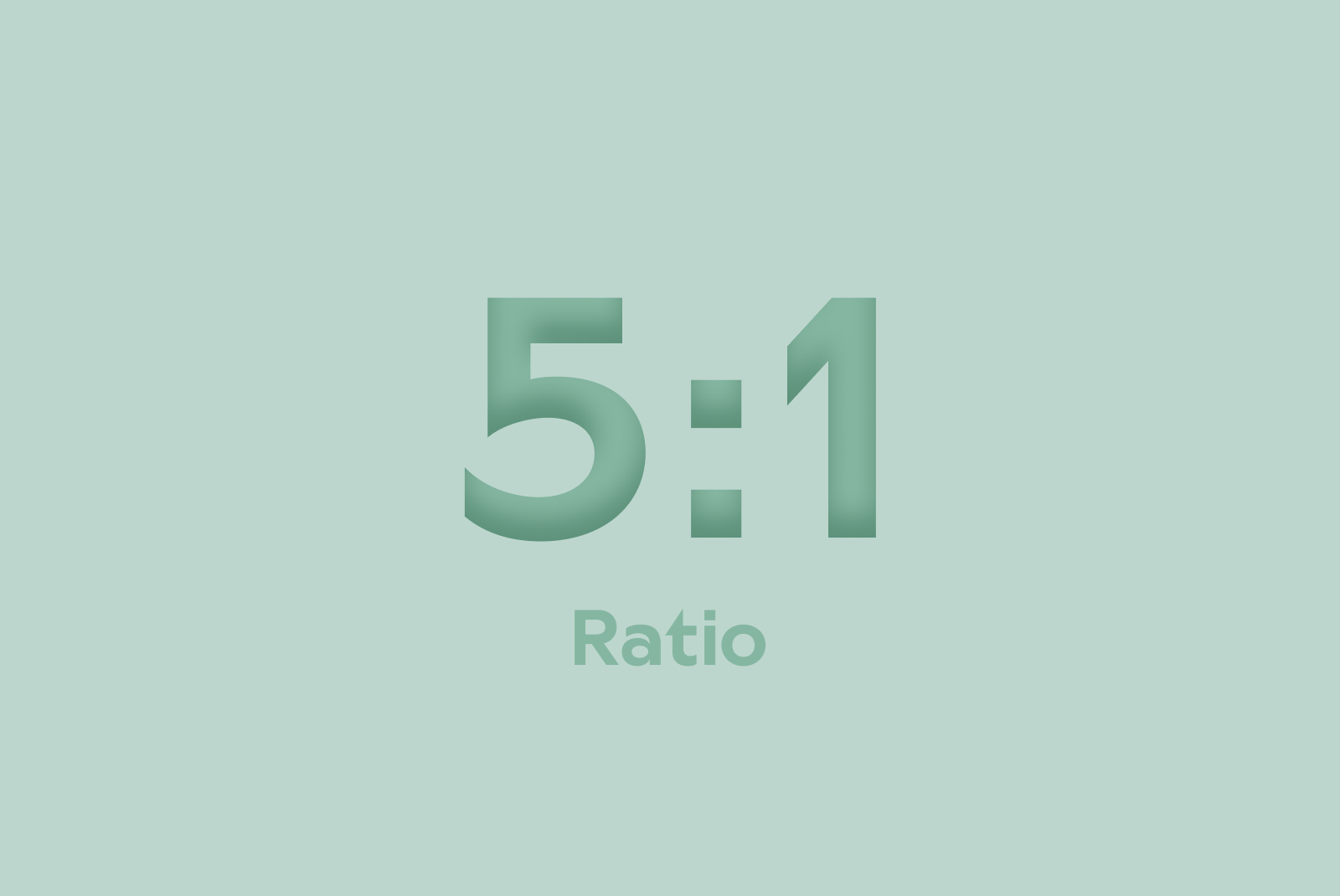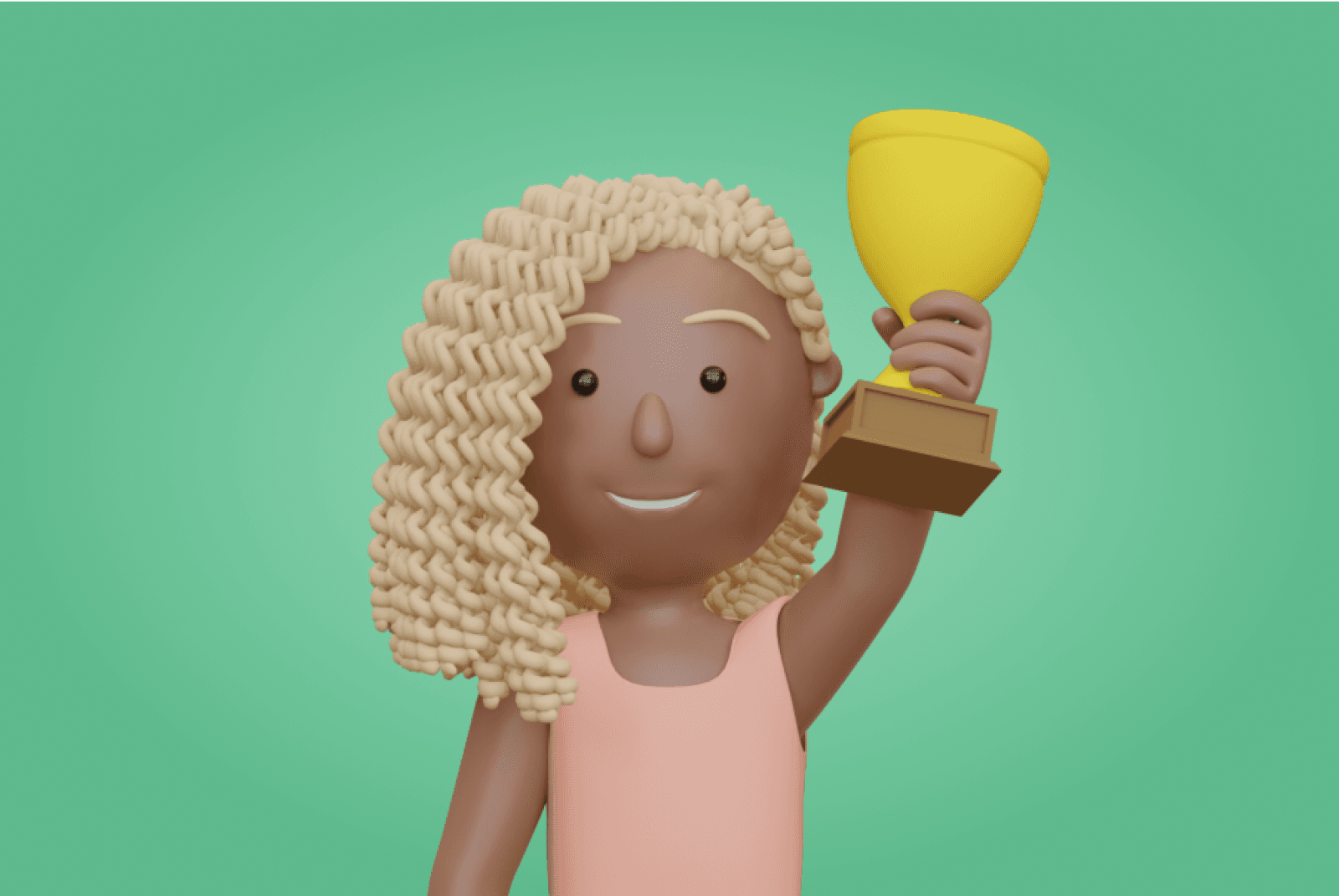5 Steps to Master The Magic 5:1 Ratio
Much of our lives are made up of habits, some of which we form intentionally and some unintentionally. Habits are activities that we don't have to think about and that we do on our own, which can make daily functioning much easier. Building better habits is challenging for many people, and no wonder. We can find many practices on the internet that look appealing but don't work. Understanding what habits are and how to form them is essential to creating them. Let's take a look at it together.
Routine vs. habit
Nir Eyal, author of the well-known book "Indistractable", points out a common misunderstanding: confusing routines with habits. A routine is a behavior we do deliberately and repeatedly, while a habit is something we perform with little or no effort. Routine precedes habit formation, although many people skip this step. Before we form a habit, we must repeat the activity consciously over a period of time. Eyal also reminds us that unpleasant tasks are difficult to convert into habits.
Tips on how to create a habit
- Set an intention: Understanding why you want to create a habit will help you persist.
- Be realistic: Not every behavior can become a habit. Also, the time it takes to form a habit depends on the person and the habit. Have patience and determination.
- Prepare for difficulties: Think about why you failed to form the habit before. Learn from the experience and plan how you can work with future obstacles.
- Plan: Schedule time in your calendar to practice the behavior you want to turn into a habit.
- Start micro habits: Incorporate micro-habits into your routine that will gradually become a bigger habit.
4 atomic habits
In his book, 4 Atomic Habits, writer and speaker James Clear describes how to make small changes that will change your habits.
1. Make it obvious:
Adjust your environment so that it obviously reminds you of your good habits. For example: if you want to drink more water, put a bottle on your desk.
2. Make it attractive:
For example: this may involve combining a habit you have to do with something you want to do. For example, you can listen to podcasts while you walk. For example: buy nice running shoes if you want to start running.
3. Make it easier for yourself:
Adapt it so that your habit doesn't require so much energy. For example: Prepare your clothes for your morning workout the night before.
4. Satisfaction:
Use immediate rewards to make your new habit more satisfying. Combine a less pleasurable activity, such as cleaning, running on the treadmill, etc., with something that gives you instant gratification, such as watching a TV show or looking at Instragram. Use that gratification to build a habit. Or reward yourself with your favorite breakfast after your morning workout.
You can take the first step towards a new habit now! Good luck!



